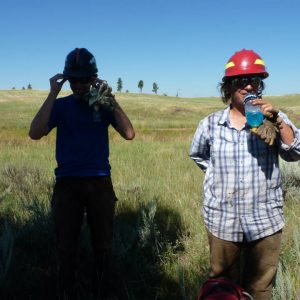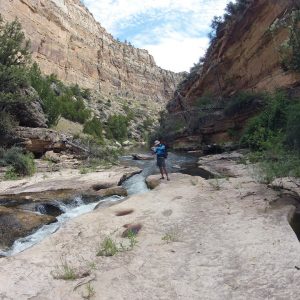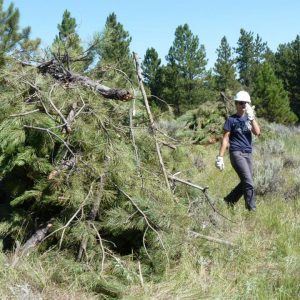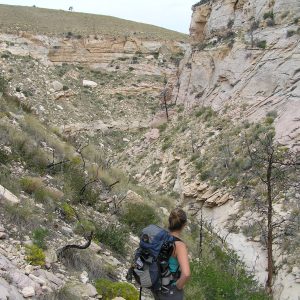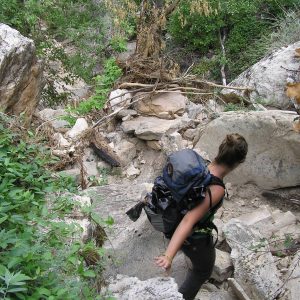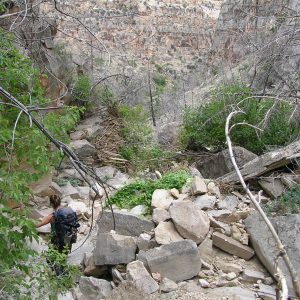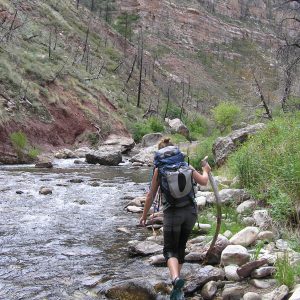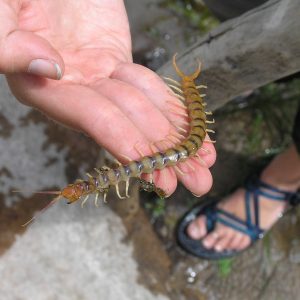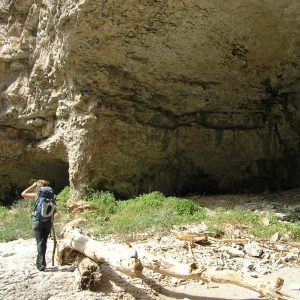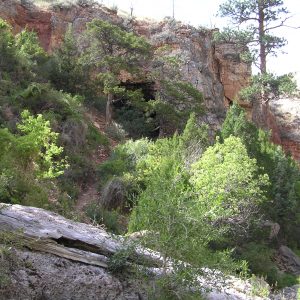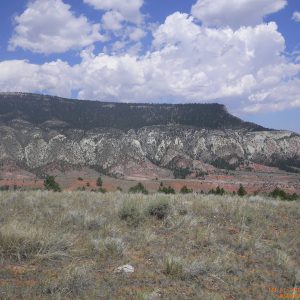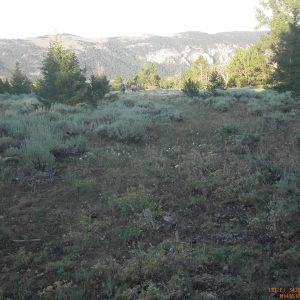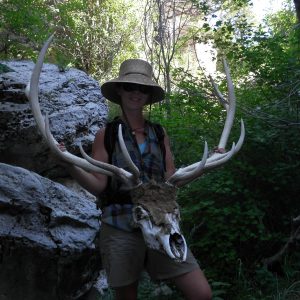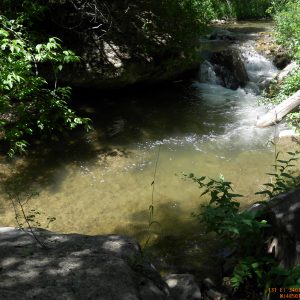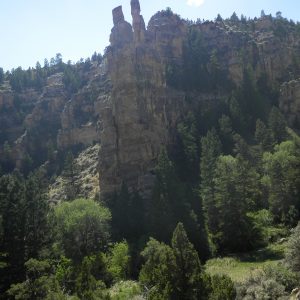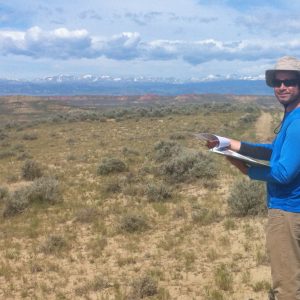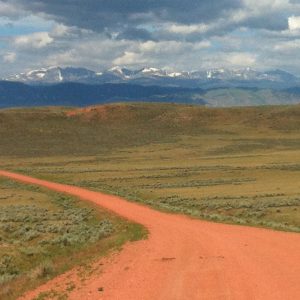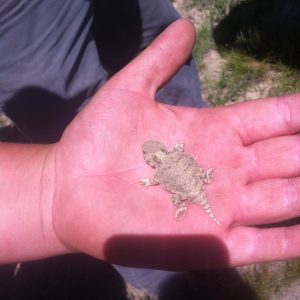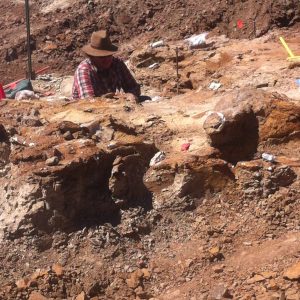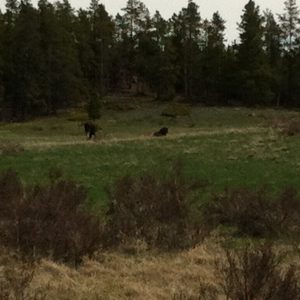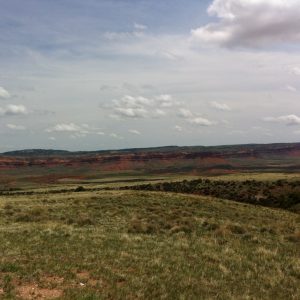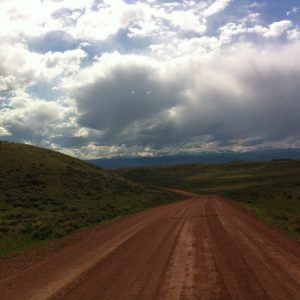Hello fellow interns! I hope you are all continuing to enjoy your amazing work in your prospective western cities. For those of you that are already seeing snow, stay warm!
With seed collecting long over, the interns in the Buffalo Field Office looked elsewhere to help out other scientists and managers. I’m all for it, as I am learning even more than my internship originally entailed. These following weeks we have been mapping I-90 and Barnum public access roads with a GPS so that the BFO can know which roads (after looking at our records) are not supposed to be there and can be rehabilitated, which are redundant and can be re-seeded, and those that are the best for the public to use and can be revamped to encourage heavier use for hunting, four wheeling, camping, etc. Not the most difficult of work, but still important for our recreation department. Another project that was completed by Sean, Dan, and I for the recreation department was the Poison Creek Trail Maintenance project. This involved hiking this 2 mile one way trail up in the Bighorn Mountains and raking pinecones, removing plants in the trail’s path, marking nearby trees, inserting carsonites, and installing water bars. We still get to come back and remove trees in the trail’s path and nearby dead trees after our wildland fire chainsaw training is complete at the end of this week! Ohh yeahhh.
We have also been helping our fire ecologist with her projects that she hasn’t gotten the chance to get to this year. Mainly these include mapping already made fuel piles that will be burned this winter so that our contractor won’t miss any outliers and we can know approximately how much smoke will be produced so we can report this to the state. Also, we took data on already burned fuel piles to assess how much small fuel was left unburned, weed growth, and nearby scorching on trees. These burned piles were also re-seeded with our native grass seed mix to try to help beat weed takeover. We interns were also recruited for a day to be swampers for our fire crew (stacking fuel piles after our sawyers delimbed ponderosas). We have a few more of these projects to get done.
Yesterday I had the opportunity to tour Bridger Plant Materials Center. Our office is aiming to transform one of our parcels with water rights near the Tongue River into a Native Plant Propagation Farm. The tour was meant to learn about Bridger’s processes/tools/struggles/etc. and to ask their opinion about our tentative plan. While I am not an integral part in the farm and probably won’t be here for its beginning, I was appreciative of the opportunity to tour this facility. It was awesome to see how native seed is produced in a large scale, Bridger’s seed sorting equipment, and their storage methods. My other career interest besides conservation is agriculture, and so this was a real eye opener to see how these are being combined already and possible career directions I could take. I had some ideas about how native seed production could improve, which perhaps someday I could play a part of.
The last thing I’ll leave you with is my Artemisia tridentata ssp. wyomingensis germination experiment I have been working on. The BFO had a large bag of Wyoming big sagebrush seed from 2012 who’s TZ test came back to be 64%. I decided, out of curiosity and knowledge that it could be an important study for the BLM, to see how temperature and light affected the germination of these seeds. I mostly used materials the BLM had on hand, in order to see if the BFO could germinate and grow Wyoming big sage for restoration easily and effectively. So far, the most successful method seems to be germinating at room temperature with ambient light (just on my desk). I had over 69 seeds germinate in 3 days. After they grew cotyledons in the petri dish, I planted them in a mixture of sand and potting soil. Their survival rate has not been good, and so I plan on doing a study to see if direct seeding them would maintain high germination rates and better seedling survival rates. I appreciate my boss for letting me have the freedom to do this experiment!
It’s been a wild ride.
Kelly

